Photography
Related: About this forumMore photomicrography
Here's a tour through the slide..
And some of the captures:

For some reason, there were a LOT of vorticellas in this sample. I've only ever caught them on "film" in saltwater a couple times. Vorticellas are kind of like a mouth on a string, always filtering, filtering, filtering water.









trusty elf
(7,394 posts)Thanks for sharing.
X_Digger
(18,585 posts)alfredo
(60,074 posts)X_Digger
(18,585 posts)Curmudgeoness
(18,219 posts)Those and rotifers are so much fun to watch, especially when you can see the cilia moving, and see things pulled into them. Good catch in photos.
X_Digger
(18,585 posts)I've spent a lot of time talking with marine biologists about what happens in an aquarium- how diversity of species decreases over time.
The march toward a monoculture (or a fewer-o-culture, I guess) is theorized to be one of the reasons that folks have trouble with marine tanks. Even public aquariums sometimes have 'crashes'- a collapse in biological processing, resulting in ammonia / nitrite / nitrate spikes- attributed to what is called 'old tank syndrome'.
It may be time for me to get some live sand and water from another tank to 'refresh' the diversity.
Curmudgeoness
(18,219 posts)If this is a species that you rarely see, it doesn't seem that you are losing diversity. And just because they are congregated in one sample means very little. It could be that they have not spread to other areas or that they have just the right food and conditions where the sample was taken.
But it can't hurt to freshen things up either. You said that you do that occasionally and it does make sense.
X_Digger
(18,585 posts)Lots of flatworms and mites, fewer isopods, amphipods, and micro-brittle stars. I haven't seen an asterina star in weeks.
The tank is only 2.5 gallons, so a good boost in diversity is easy to accomplish.
Curmudgeoness
(18,219 posts)I hate to put it this way, but in boosting the diversity, are you just furnishing food for the organisms that seem to be the survivors? Isn't that why you lose diversity in the first place? Or is it something more? You get me more interested in this salt water tank the more you post!
X_Digger
(18,585 posts)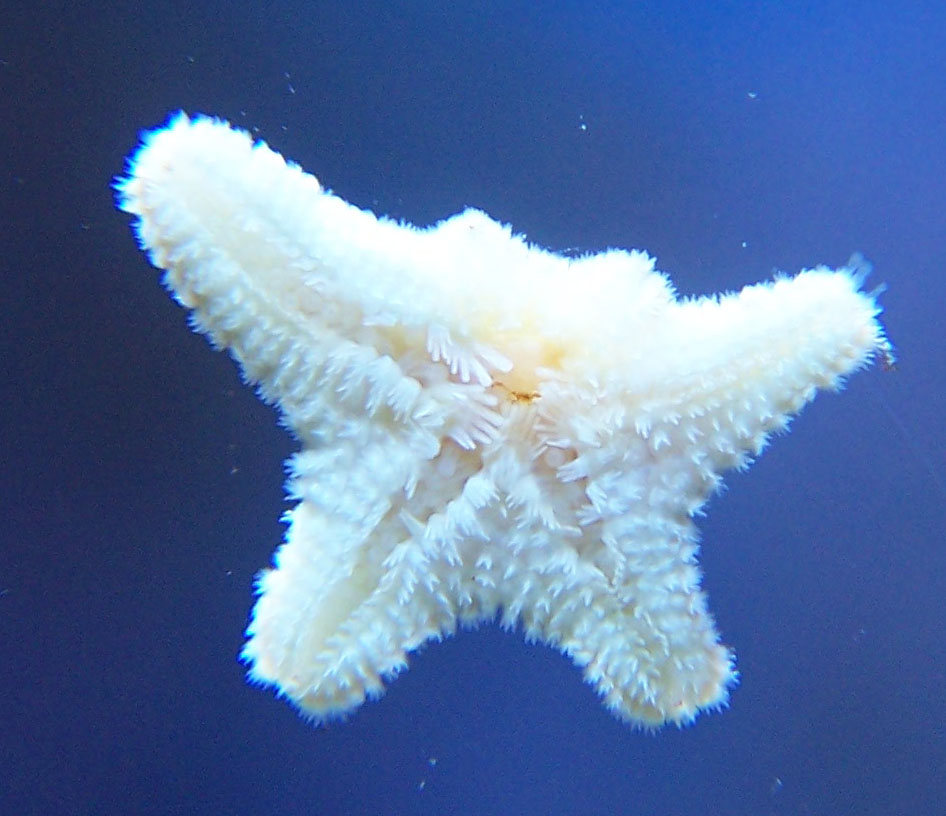
Kinda sorta, but not really. A tank will go through waves of explosion and contraction in different populations. Typically it starts with diatoms and dinoflagellates, then cyanobacteria, and usually green film algaes. Kind of like a stop light, but yellow, red, then green.
Assuming you start with a lot of good sources of diversity, you can expect to see explosions in amphipods, asterinas, micro-brittle stars, bristle worms, collonista snails, dorvellid worms, spaghetti worms, isopods, copepods, sponges, mysid shrimp..
Heck, here's a page I put together talking about biodiversity..
http://rowelab.com/fish/bingo.html
Thing is, two tanks set up with the same initial bioload can end up with different 'apex' organisms. It's a bit of a crap shoot.
Curmudgeoness
(18,219 posts)two tanks set up with the same bioload end up different. I wouldn't expect that, but would be fascinating to see it in action.
Have you ever experimented with unknowns, like specimens gathered in the wild? I suppose that you would not do that at this point, since you stress reliable sources to refresh your tanks, but did you ever try it? I guess there are a lot of pests (whatever that means) in wild samples. The pests would be what? Overeaters? Carnivores? Filter cloggers?
X_Digger
(18,585 posts)"Live rock" is porous limestone that's quarried (usually from ancient sea beds!) then seeded with life, either in a facility or in the sea. Aquacultured live rock can contain hitchhikers like mantis shrimp (fish, invertebrate, and/or snail eaters) or "gorilla crabs" (which also eat other things you want to keep.)

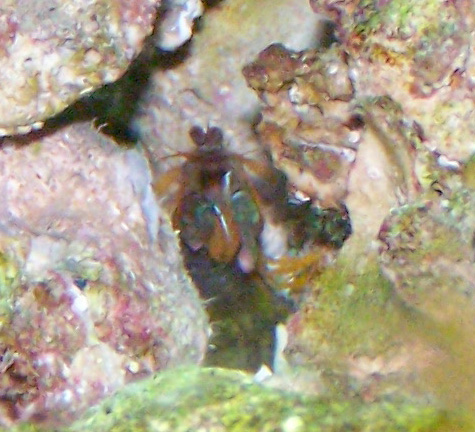

Those two are the biggest (size-wise) hitchhikers that folks usually run into with aquacultured live rock.
There are other, microscopic and near-microscopic pests that you can get- from ciranolid isopods that are parasites on fish, to marine 'ick' (cryptocaryon irritans), or parasites of coral like AEFW (acro eating flat worms), even pest anemones like majano or aiptasia.
This was a piece of uncured rock from a local store- notice the sponges, bristle worms, and yes, a couple of aiptasia anemones.
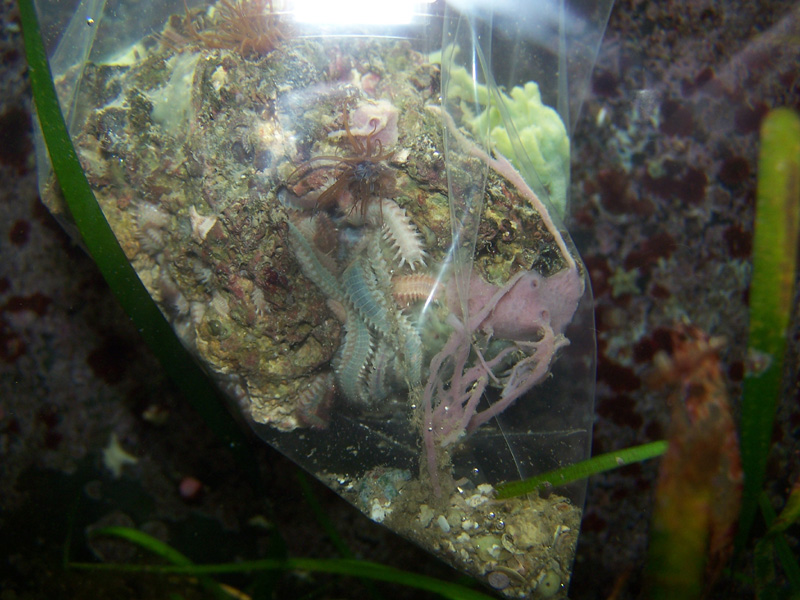
The way to balance the scales is to get uncured live rock, fresh from the distributor to maximize diversity, but house it in a quarantine system and set traps for things like crabs and shrimp, while letting the obligate parasites starve without a host.
I used to go to the Texas coast about once a year and pick up some sand / mud / algae / pipefish / fish to throw into my systems.
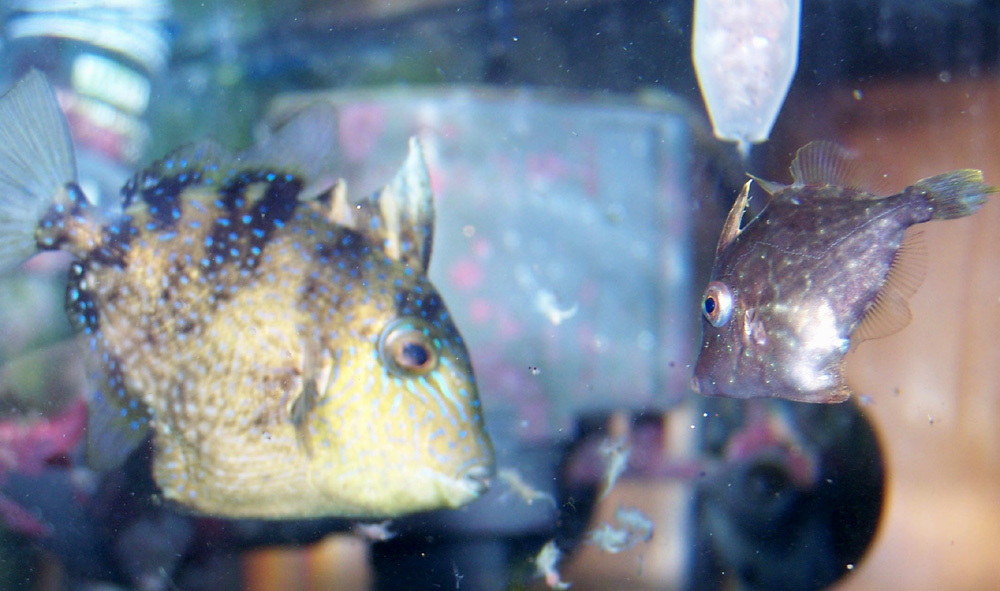
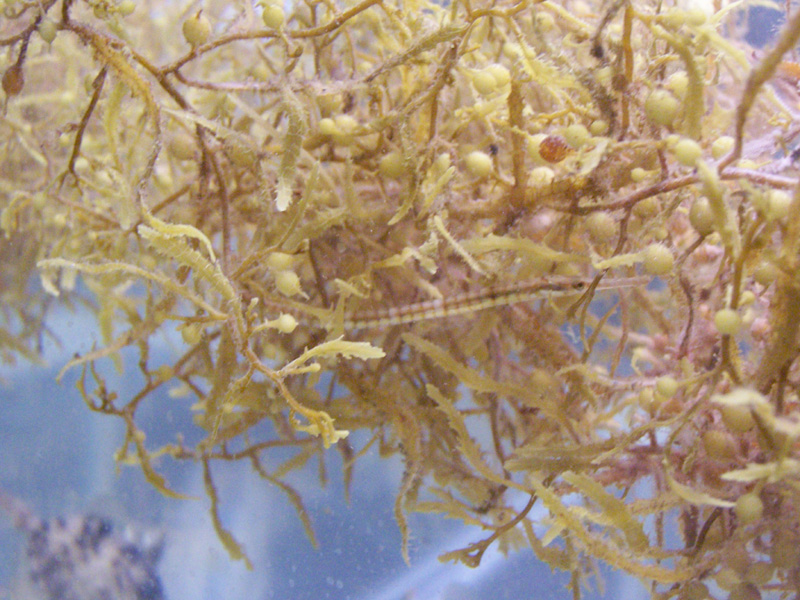
They add a great local flair, but they're not as colorful as other marine critters. Maybe one day in the future, I'll set up a Texas coast tank, limited to Texas gulf species.
Curmudgeoness
(18,219 posts)Intriguing. You are teaching me well. And pest or not, that gorilla crap is cute.
X_Digger
(18,585 posts)You can *usually* tell by the end of their claws. Are they packing salad tongs or steak knives..
These claws have a flat pad at the end, used to pick algae. So this guy is primarily* a herbivore.
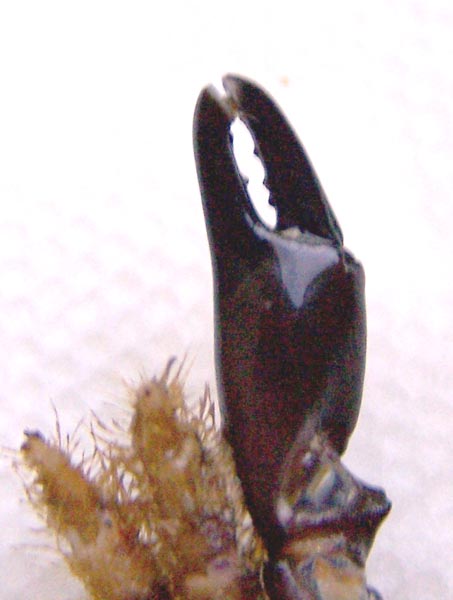
This little guy is primarily* a meat eater, based on the scissor-like claw meant for cutting and tearing.
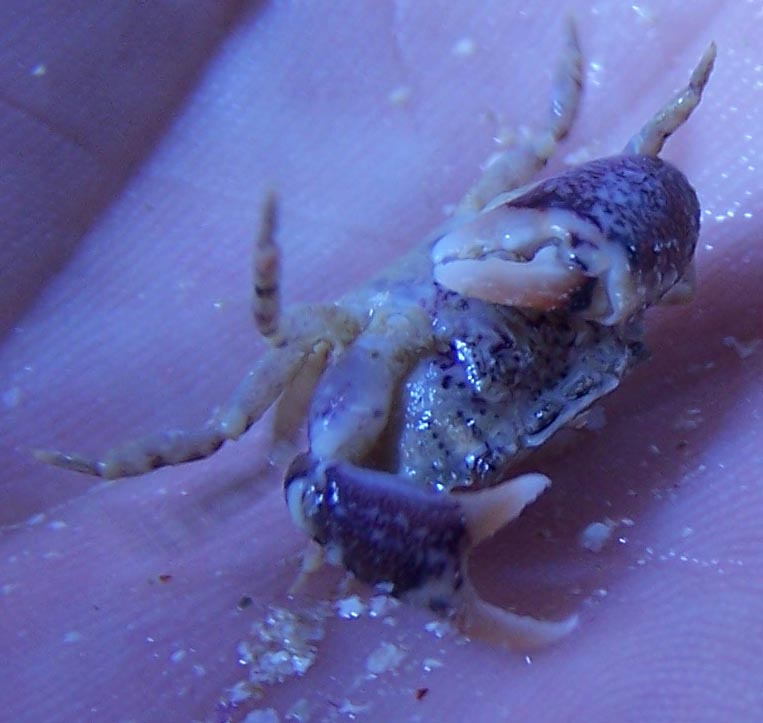
Come at me, Bro!

* Almost all crabs are opportunistic omnivores, and some hobbyists believe they're all evil, eventually to go on a killing spree. ![]()
Curmudgeoness
(18,219 posts)opportunistic omnivores. ![]()
Learn something new every day! Now I know more about crabs.